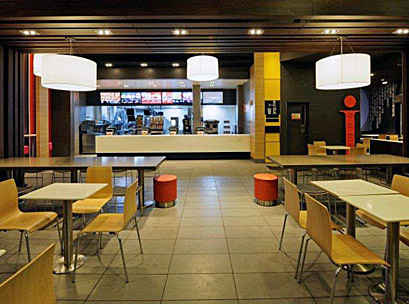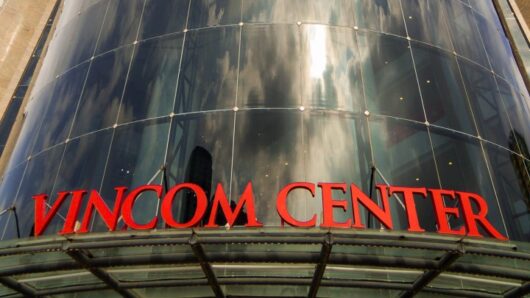The rapid change in food consumption habits in India has spurred domestic and foreign quick service restaurant (QSR) chains, observes Rabobank.
The total size of the Indian food service sector was INR460 billion (US$ 8.6 billion) in 2011, and is expected to grow at a compound annual growth rate (CAGR) of 10 per cent until 2015. Out of this total, QSRs account for INR33 billion (US$600 million) and is expected to grow at a CAGR of 30 per cent over the same period.
At present, according to the National Restaurant Association of India, 50 per cent of Indian consumers are eating out at least once every three months, and this shift is epitomised by the growing presence of QSR concepts, among them many global QSR players.
An efficient supply chain will help provide standard product quality to customers across stores, but supply chain fragmentation in India is significant, creating quality issues at the ‘back-end’. Limited modern storage and transportation infrastructure add to the problem, which is even more pronounced in perishable products.
As such, capital investments in the upstream and midstream processing parts of the supply chain are critical, especially since food production, processing and preparation on a large scale are just beginning in India.
“QSRs will be a double-digit growth story in India in the medium- to long-term, as food consumption habits in India are changing fast,” said Asitava Sen, head of F&A research and advisory for Rabobank in India.
“A younger population, higher rate of urbanisation, larger disposable incomes, higher protein consumption, increased participation of women in the workforce, and exposure to western lifestyles are leading to the experimentation with, and adoption of, new dietary habits and more occasions to eat out for all levels of Indian society,” said Sen.
GB






